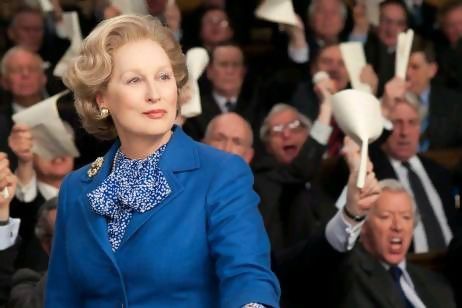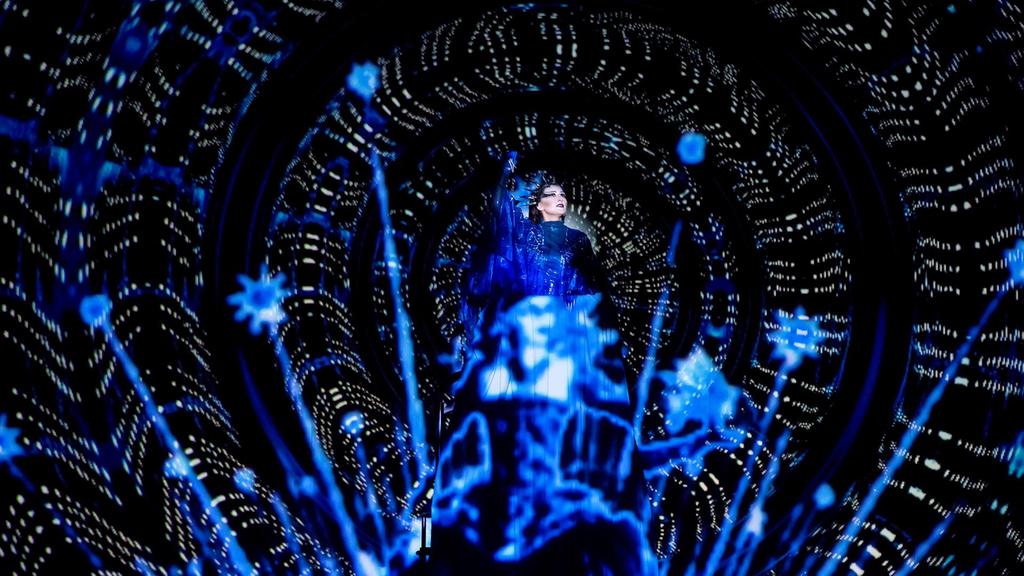Some written down thoughts expanding on what I said on Front Row this week
Sheffield songwriter James Leesley records under the moniker Studio Electrophonique – named after a little known, makeshift studio in a suburban council house in Sheffield set up by a panel beater, Ken Patten. It was there that the bands who would become The Human League, ABC and Pulp first recorded in the late 1970s, but Patten’s legacy and influence has been almost entirely forgotten.
So Leesley is keen to understand more about the man who inspired his band name, and gets together with director James Taylor to try and tell Patten’s story and give him the credit he deserves – perhaps a blue plaque on the wall, he jokes. The documentary, A Film About Studio Electrophonique, has its world premiere at Sheffield Doc Fest tomorrow.
And by tracking down his neighbours and family, a picture gradually emerges of this unique character who was in India during the Second World War, came back to play banjo in the RAF band and thought he could make it sound better himself, so starts tinkering with recording equipment.
Then in 1974, he gets in the papers – not for his music, but because his wife washes the money for his holiday that he’d left in his trousers. Radio Sheffield come round to do an interview, see he has all this recording equipment and ask to send some bands over. “And that was the beginning,” says his daughter.
One of those bands ends up being Pulp, and Jarvis Cocker tells a great story of how the tape they made with Patten gets into the hands of John Peel when he visits the city to DJ. He listens, books a session for his radio show and the rest is history.
Was Patten a musical visionary? The film casts him as more of an eccentric, kindly enabler, a tinkerer who was beautifully open to the possibilities of creativity. His house is described as pure chintz, with voluminous armchairs, cups of tea on the go and a four track on the coffee table. It wasn’t some cool studio in a hip part of town. But that meant the bands who knocked on his door could get on with just making the music they wanted.
Cocker also recounts the time Patten made a Vocoder-style instrument for 50p, using the throat mics he’d come across in noisy RAF planes. The 50 pence being how much two toilet rolls cost that he would use to amplify the sound. He was that kind of man – somebody who could tease out the possibilities of bands using ingenuity rather than money.
The film is quite rough around the edges but in the context of Leesley’s journey of discovery that makes complete sense. The connections and relationships he makes with Patten’s neighbours, former acts and family have to be spontaneous and real for Leesley to be able to be trusted with the story of his past; he goes to Patten’s son-in-law and is given loads of tape recordings and filmed footage in a couple of plastic bags. If that had been set up in locked-off shots in cool locations, it wouldn’t have been true to the tale.
Leesley watches the footage back, and loads of it is Patten fishing, or filming wildlife. And this picture emerges of an ordinary person quite unassumingly doing extraordinary things. Which is a bit like the film itself; a low-key undertaking which builds a really lovely narrative arc towards Leesley tracking down some of Patten’s equipment and using it himself. Studio Electrophonique playing at Studio Electrophonique if you like.
I watched this in between performances of Rock Paper Scissors, and felt the connections keenly. Not necessarily because both are set in Sheffield, but because they both celebrate creativity and making, finding meaning and value in that process. That everyone, no matter how unassuming, has a story to tell.


